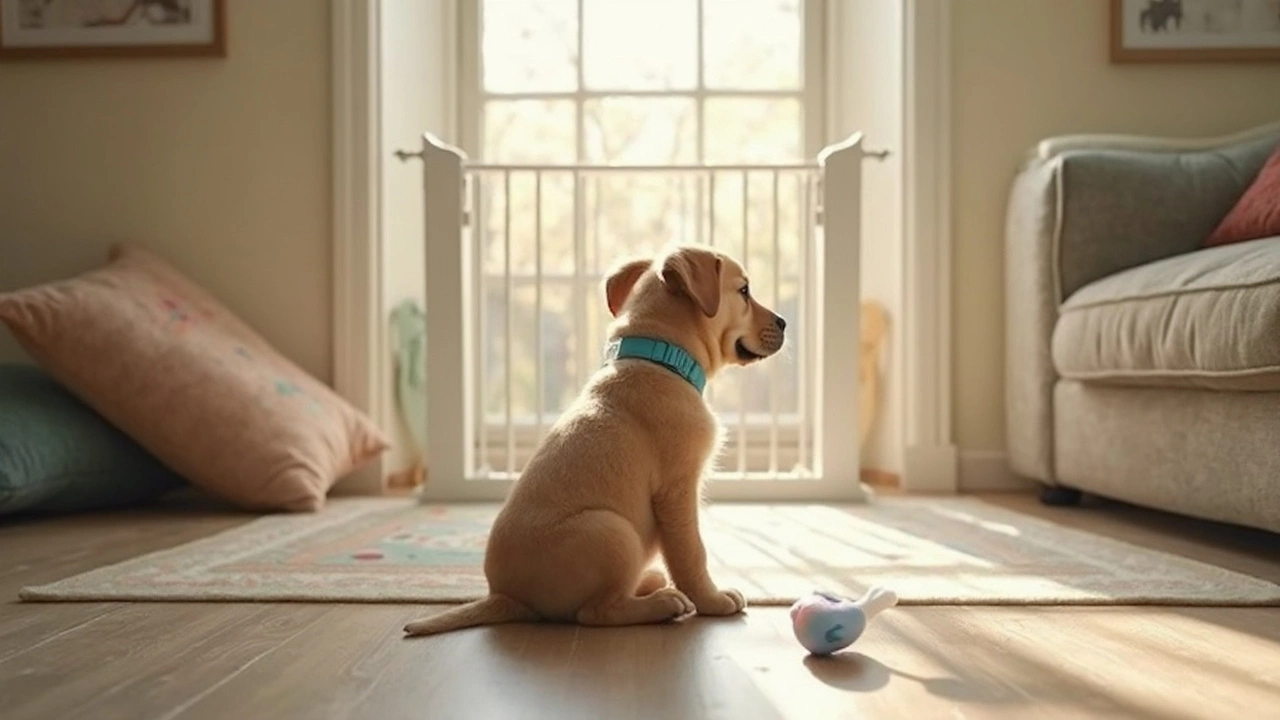When Can Puppy Roam? Practical Tips for Safe Freedom
Got a new puppy and wondering when it’s okay to let them run free? It’s a common question for fresh dog owners. The right time depends on age, training, and the environment. Rushing the process can lead to accidents, while waiting too long may stall confidence. Below you’ll get clear signs that your pup is ready and a step‑by‑step plan to transition safely.
Signs Your Puppy Is Ready to Explore
First, look for basic obedience. Can your puppy sit, stay, and come when called, even with distractions? If the answer is yes, you’re on track. Next, check their physical development. Most puppies have solid teeth and good coordination around 4‑5 months, which makes them less likely to chew hazardous things or trip over obstacles. Finally, watch their behavior: a calm pup that isn’t constantly whining or anxious when you open the door is a good candidate for supervised roaming.
How to Transition to Off‑Leash Time Safely
Start in a secure, fenced area. Let your puppy sniff and wander while you stay within sight. Use a long training leash (15‑30 feet) at first – it gives freedom but keeps you in control. Reward every come‑back command with a treat or praise. Gradually increase the distance and lower the treat frequency as the pup gets reliable recall. If your backyard isn’t fenced, a playpen works well for early practice.
When you feel confident, pick a quiet park or a dog‑friendly field early in the morning. Keep the session short – ten to fifteen minutes – and bring water. Keep a hand on the collar or a short leash for the first few outings. If the pup starts to chase after squirrels or other dogs, gently redirect with a “leave it” cue and guide them back to you.
Don’t forget the indoor side. If you’re still using a crate at night, make sure the crate is a safe, calm spot. Some owners cover the crate to help the puppy feel cozier; it’s optional but can reduce nighttime whining. The key is consistency – a predictable routine helps the pup understand when it’s time to explore and when it’s time to settle.
Finally, keep health checks up to date. A puppy’s vaccine schedule typically finishes around 16 weeks, and many vets recommend waiting until the final shot before allowing unrestricted outdoor play. Talk to your vet about deworming and flea protection, especially if you plan to let your pup roam in grassy areas.
By watching for readiness cues, training recall, and using safe spaces, you’ll know exactly when to let your puppy roam without fear. Start small, stay patient, and enjoy watching your new companion gain confidence step by step.
When Can Your Puppy Safely Free Roam at Home? Expert Tips & Facts
Curious about when your puppy can free roam? Learn the right age, training tips, and safety facts to let your puppy explore your home confidently.
